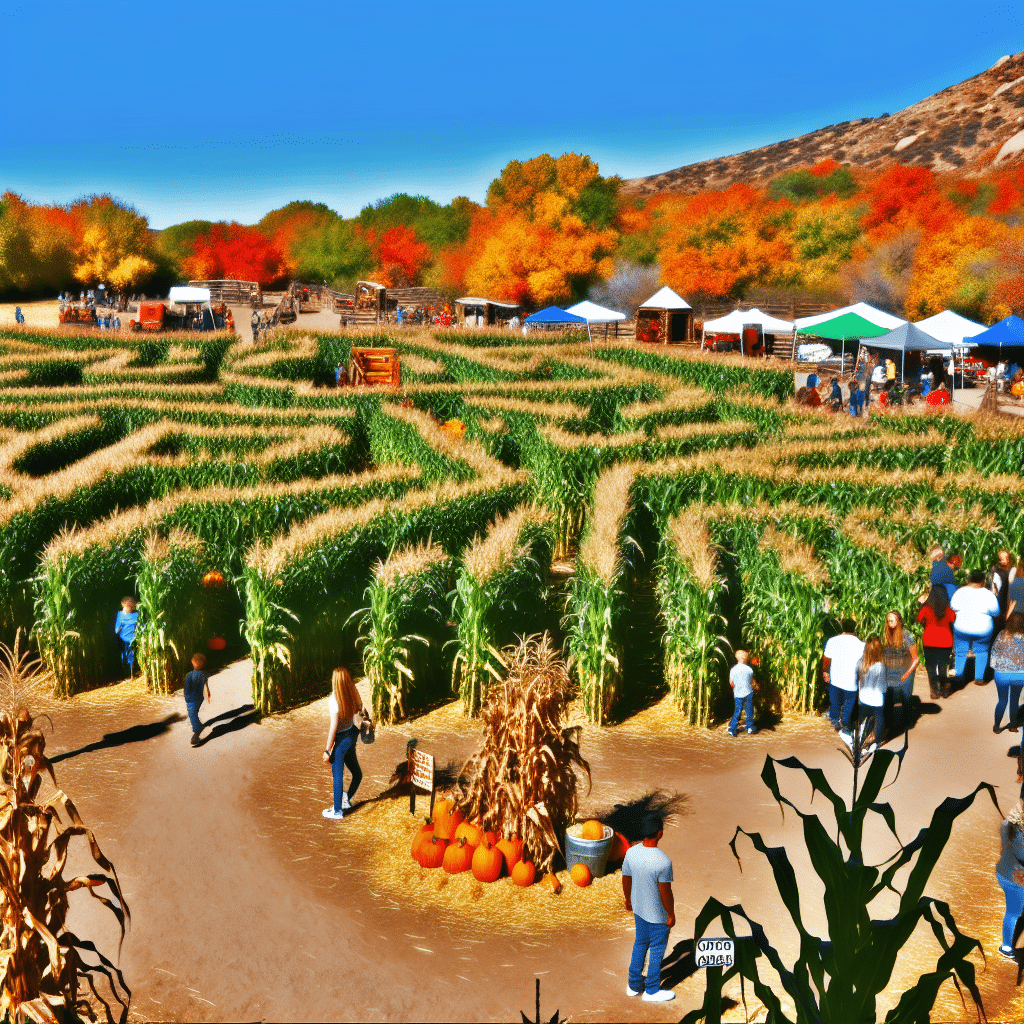Navigating through unfamiliar terrain may seem intimidating, but with the right guidance and tools, it can be an exciting activity that fosters a love for outdoor exploration. One such activity is orienteering for kids, a fun and educational sport that not only builds their physical stamina but also develops their mental agility.
What is Orienteering?
Orienteering is an outdoor activity that involves using a map and compass to navigate from point to point in diverse and often unfamiliar terrain. Originally a training exercise in land navigation for military officers, orienteering has developed into a sport that is enjoyed by people of all ages.
Why Should Kids Get Involved in Orienteering?
A child that learns orienteering stands to gain a lot. For one, the sport promotes physical fitness. Kids are encouraged to run, walk, climb, and jump as they navigate through the course. Additionally, orienteering builds problem-solving skills as children have to figure out the fastest route between control points.
The Basics of Orienteering for Kids
Teaching Map Reading
The first step in teaching children orienteering is familiarizing them with map reading. You should explain what the different colors and symbols on an orienteering map represent. The colors usually indicate different types of terrain, while the symbols represent features like hills, streams, and buildings.
Using the Compass
Once the children understand how to read the map, you can introduce the compass. Teach them the basics of finding a direction and translating it from the compass to the real world. It’s essential for them to understand how to find north on both the compass and the map, and how to align their map according to their surroundings.
Organizing Orienteering Activities for Kids
An effective way to introduce kids to orienteering is by setting up a simple course in a familiar area. As children become more comfortable and skilled in orienteering, you can add more challenging activities to their repertoire.
Setting Up a Course
Choose a familiar area, preferably an open area like a school field or local park. Use bright colors or flags to mark the control points. Remember, the goal at this stage is not to challenge the kids’ physical abilities but to introduce them to the basics of navigation.
Finding a Suitable Course
Once children are comfortable with basic navigation, they can start participating in local orienteering events. These events offer age-appropriate courses that vary in difficulty, enabling kids to progressively hone their orienteering skills.
The Benefits of Orienteering for Kids
The Outdoors: A Perfect Classroom
Orienteering is not just about finding a location. It’s about understanding the environment and making decisions. In the process of figuring out where they are and where they need to go, children also learn about different natural features, expanding their understanding of the world around them.
Building Confidence
Successfully navigating an orienteering course can be a real confidence booster for kids. This confidence can spill over into other aspects of their lives, benefiting them academically, socially, and emotionally.
Conclusion
Orienteering for kids is a wonderful way to combine outdoor adventure with learning. Not only does the sport promote physical fitness and mental sharpness, but it also provides plenty of opportunities for kids to build confidence and develop a deep appreciation for the natural world. So why not get your child started on an orienteering adventure today?




